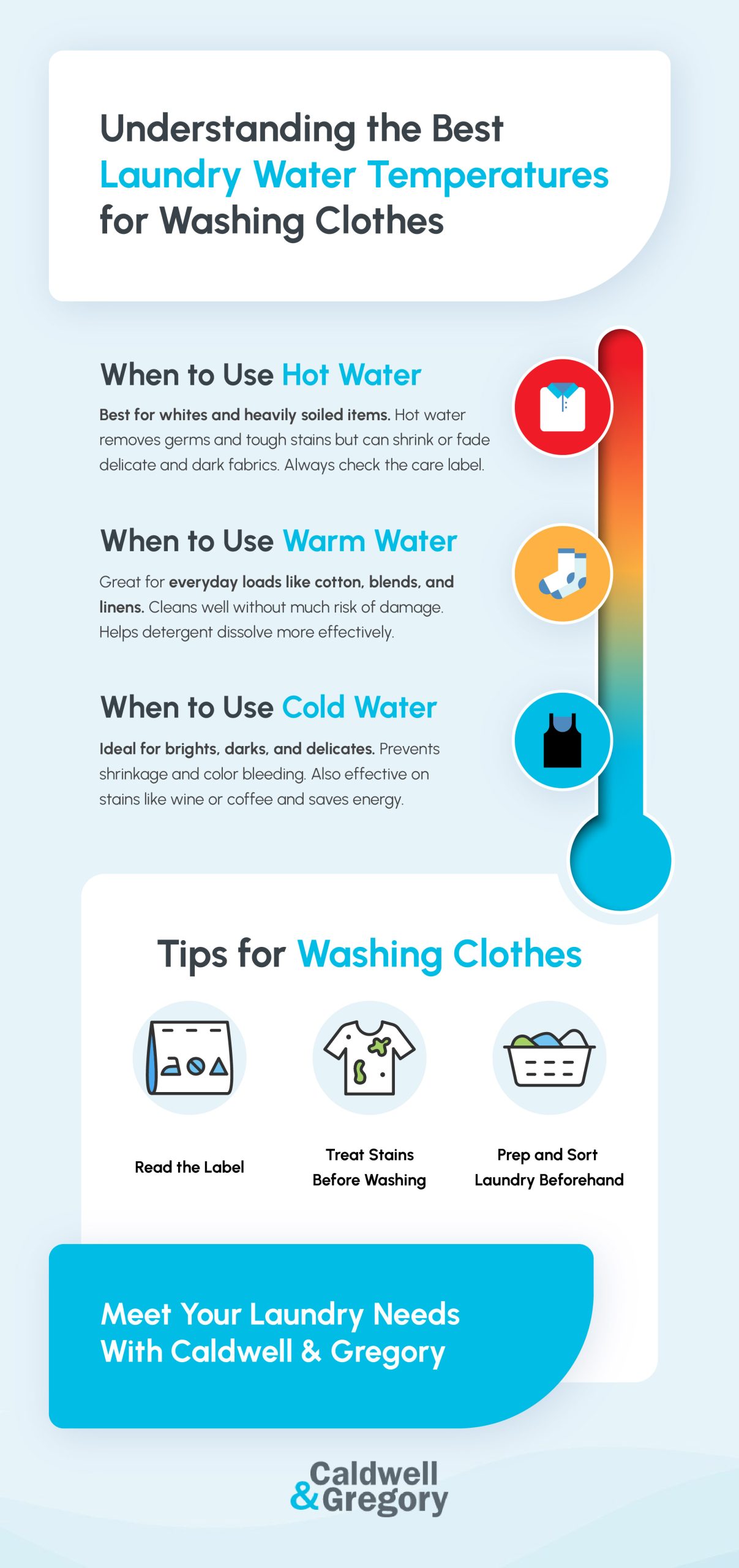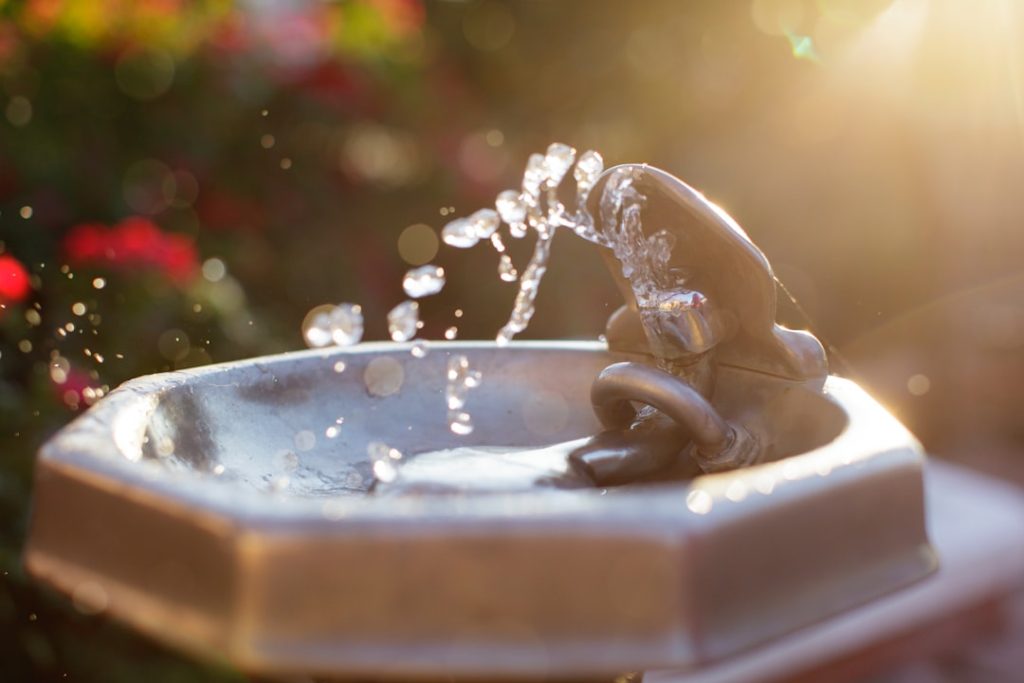Are you tired of your water heating up too quickly on hot days? Keeping your water at the right temperature when the sun is blazing can feel impossible.
But what if you could control your water temperature easily and enjoy cool, refreshing water anytime you want? You’ll discover simple and effective ways to maintain water temperature in hot climates. By the end, you’ll have practical tips that save you money and keep your water just right—no matter how high the mercury rises.
Keep reading to find out how!
Challenges Of Hot Climates
Maintaining water temperature in hot climates can be difficult. High heat changes how water behaves in pools, tanks, and systems.
Understanding these challenges helps to manage water temperature better. It reduces problems caused by extreme heat.
Impact On Water Temperature
Hot climates make water temperature rise quickly. This can cause water to be warmer than desired for swimming or use.
Sunlight heats the water surface during the day. Warm air also keeps water temperature high even at night.
- Water evaporates faster in heat
- Warm water holds less oxygen
- Higher temperature speeds up algae growth
- Temperature swings can stress aquatic life
Common Issues Faced
Hot climates bring common problems in keeping water cool and clean. These issues can affect pools, tanks, and irrigation.
Some problems need regular checks and fixes to avoid damage or discomfort.
- Increased evaporation causes water loss
- Algae blooms make water green and slippery
- Water heaters may overheat and fail
- Cooling systems work harder and use more energy
- Water quality may decline faster

Credit: www.caldwellandgregory.com
Choosing The Right Insulation
Keeping water temperature steady in hot climates is important. Good insulation helps stop heat from warming the water.
Choosing the right insulation saves energy and keeps water cool. It also protects pipes and tanks from damage.
Types Of Insulation Materials
There are many materials to insulate water systems. Each one works well in hot places but has different features.
- Foam Rubber: Flexible and resists heat well. Good for pipes.
- Fiberglass: Light and easy to install. Often used on tanks.
- Polyurethane Foam: Dense and has strong heat resistance.
- Reflective Foil: Reflects sunlight and heat away from pipes.
- Cellular Glass: Waterproof and fireproof, but heavier.
Choose insulation based on where it will go and how hot it gets. Proper material helps keep water cooler.
Installation Best Practices
Correct installation makes insulation work better. Follow simple steps to protect water systems well.
- Clean the surface before adding insulation.
- Cover all pipes and tanks fully to avoid gaps.
- Seal joints and edges with tape or sealant.
- Use protective outer layers to stop damage from sun and weather.
- Check insulation regularly and fix any damage fast.
Good installation keeps insulation strong and stops heat from reaching water. It saves energy and keeps water safe.
Effective Pool Covers
Maintaining water temperature in hot climates can be challenging. Pool covers help keep water warm and reduce evaporation.
Using the right pool cover saves energy and keeps your pool ready for swimming anytime.
Benefits Of Solar Covers
Solar covers trap the sun’s heat and transfer it to the pool water. This raises the water temperature naturally.
They also reduce water loss by limiting evaporation. This means less water and heat escape from your pool.
- Increase water temperature by up to 10°F (6°C)
- Lower water evaporation rates
- Reduce chemical use by keeping water cleaner
- Save energy on heating costs
Using Thermal Blankets
Thermal blankets are thick covers that keep heat in the pool water. They work well at night or on cloudy days.
These blankets also block dirt and debris, making pool cleaning easier and faster.
- Retain heat during cooler hours
- Protect water from dirt and leaves
- Reduce chemical evaporation
- Help maintain a steady water temperature
Optimizing Heating Systems
Maintaining water temperature in hot climates needs smart heating choices. Proper heating systems help save energy and keep water warm.
Choosing the right heating method improves comfort and efficiency. This guide covers solar heating and compares gas with electric heaters.
Solar Heating Options
Solar heating uses the sun’s energy to warm water. It is eco-friendly and reduces electricity bills.
- Solar panels collect sunlight and convert it to heat.
- Solar water heaters store heated water in insulated tanks.
- They work best with regular sunlight exposure.
- Maintenance is low but regular checks keep efficiency high.
- Installation cost is higher but saves money long-term.
Gas Vs Electric Heaters
Gas and electric heaters have different features. Choosing depends on cost, availability, and climate.
| Feature | Gas Heaters | Electric Heaters |
| Energy Source | Natural gas or propane | Electricity |
| Operating Cost | Usually lower in hot climates | Can be higher due to electricity prices |
| Installation | Needs gas lines and ventilation | Simple and quick installation |
| Efficiency | High heat output, quick warming | Good for small spaces or low use |
| Safety | Requires proper ventilation to avoid fumes | Safer with no emissions |
Water Circulation Techniques
Maintaining water temperature in hot climates requires good water circulation. Circulation helps spread heat evenly across the water.
Proper water flow prevents hot spots and keeps the temperature stable. It also stops water from becoming too warm in one area.
Pump Settings For Temperature Control
Adjusting pump speed controls how fast water moves through the system. Slower speeds let water stay warmer longer. Faster speeds help cool water quickly.
Set the pump to run at times when water needs cooling or warming. This keeps the temperature balanced throughout the day.
- Use low speed during hot parts of the day
- Increase speed when cooling is needed
- Check pump settings regularly for best results
Using Timers And Automation
Timers help run pumps only when needed. This saves energy and keeps water temperature steady. Automating pump control improves accuracy.
Set timers to run pumps during cooler times. Automation can adjust pump speed based on temperature sensors. This keeps water at the right temperature all day.
- Program timers for early morning and late evening
- Use sensors to automate pump speed
- Regularly update timer settings for weather changes

Credit: trdsf.com
Evaporation Control Methods
Maintaining water temperature in hot climates is challenging. Evaporation is a major cause of water loss. Controlling evaporation helps keep water cooler and saves resources.
Various methods exist to reduce evaporation in hot climates. Some methods are simple, while others require specific chemical additives.
Reducing Water Loss
Covers and shades are effective for reducing water loss. They block sunlight and reduce heat. This decreases evaporation rates significantly.
Floating covers are also useful. They sit on the water surface and act as a barrier. These covers can be easily installed and removed.
- Shade structures
- Floating covers
- Windbreaks
Chemical Additives To Minimize Evaporation
Chemical additives help form a thin layer on the water surface. This layer reduces evaporation by limiting water contact with air.
These additives are safe and non-toxic. They are ideal for large water bodies like reservoirs and ponds.
| Type of Additive | Usage |
| Monolayer films | Lakes and reservoirs |
| Polymer additives | Industrial cooling systems |
Shading And Landscaping
Keeping water cool in hot climates is important for comfort and safety. Shading and landscaping help control water temperature naturally.
Using plants and structures can reduce sunlight exposure. This lowers water heating from direct sun rays.
Natural Shade Solutions
Natural shade comes from plants and trees that block the sun. They cool the area by providing cover and releasing moisture into the air.
- Plant fast-growing trees near water areas.
- Use shrubs and vines on fences for extra shade.
- Create green walls with climbing plants.
- Place large leafy plants around the water edge.
- Use mulch to keep soil moist and cool around plants.
Impact Of Trees And Structures
Trees and man-made structures both lower water temperature. Trees cool air through shade and transpiration. Structures block sunlight and reduce heat.
| Type | Cooling Effect | Additional Benefits |
| Deciduous Trees | High in summer, low in winter | Seasonal shade, leaf litter improves soil |
| Evergreen Trees | Year-round shade | Windbreaks, privacy |
| Shade Sails | Effective sun blockage | Flexible placement, low cost |
| Pergolas | Partial shade | Supports vines, decorative |

Credit: theradome.com
Regular Maintenance Tips
Maintaining water temperature in hot climates is crucial. It ensures comfort and safety. Regular maintenance helps keep systems efficient.
Simple steps can prevent problems. Consistent checks and clean equipment play a big role.
Checking Temperature Consistently
Check water temperature often. It helps in identifying issues early. Use a reliable thermometer for accuracy.
Monitoring helps maintain ideal temperature. It prevents discomfort or harm from too hot water.
- Check temperature daily
- Use digital thermometers for precise readings
- Record temperatures for tracking changes
Cleaning And Repairing Equipment
Equipment needs regular cleaning. Dirt can affect performance. Clean filters and heating elements often.
Fix any broken parts quickly. This prevents bigger problems. Regular checks can reduce repair costs.
- Clean equipment monthly
- Inspect for leaks and damage
- Replace worn-out parts promptly
Frequently Asked Questions
How Can I Keep Water Cool In Hot Climates?
Use insulated containers or coolers to store water. Keep water in the shade and avoid direct sunlight. Adding ice packs helps maintain low temperature longer.
What Materials Best Maintain Water Temperature Outdoors?
Stainless steel and vacuum-insulated bottles are excellent for temperature retention. These materials prevent heat transfer, keeping water cooler for hours.
Does Covering Water Prevent It From Heating Up?
Yes, covering water containers reduces heat exposure and evaporation. Use lids or reflective covers to minimize temperature rise in hot environments.
How Often Should I Replace Water In Hot Weather?
Replace water every 4-6 hours to ensure freshness and coolness. Stagnant water can warm up and become less safe to drink.
Conclusion
Keeping water temperature steady in hot climates takes effort and smart choices. Shade and insulation help slow heat gain. Using timers and covers saves energy and keeps water cool. Regular checks prevent problems early. Simple steps make a big difference.
Stay consistent and protect your water all year. This way, you enjoy comfort and save money too.
